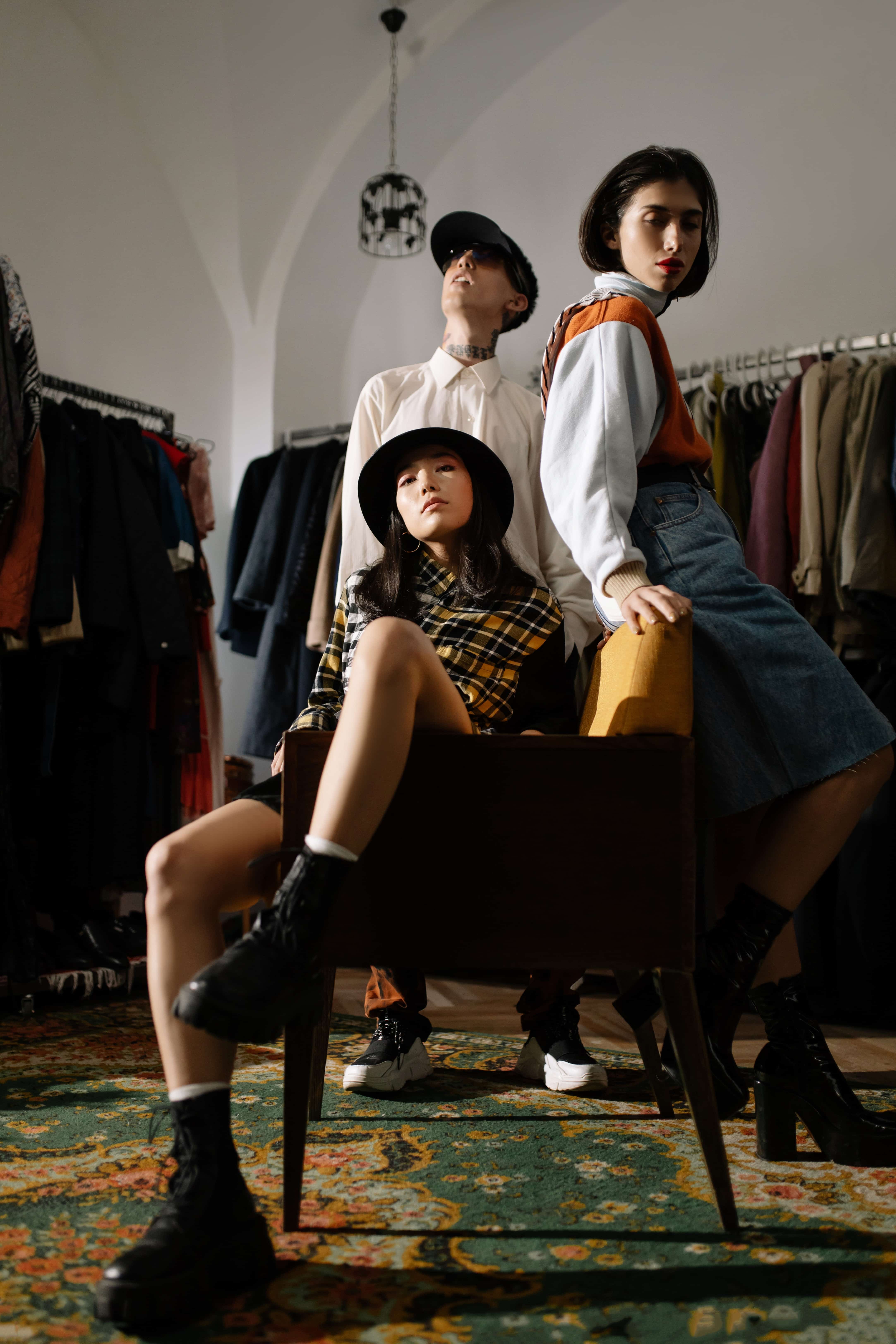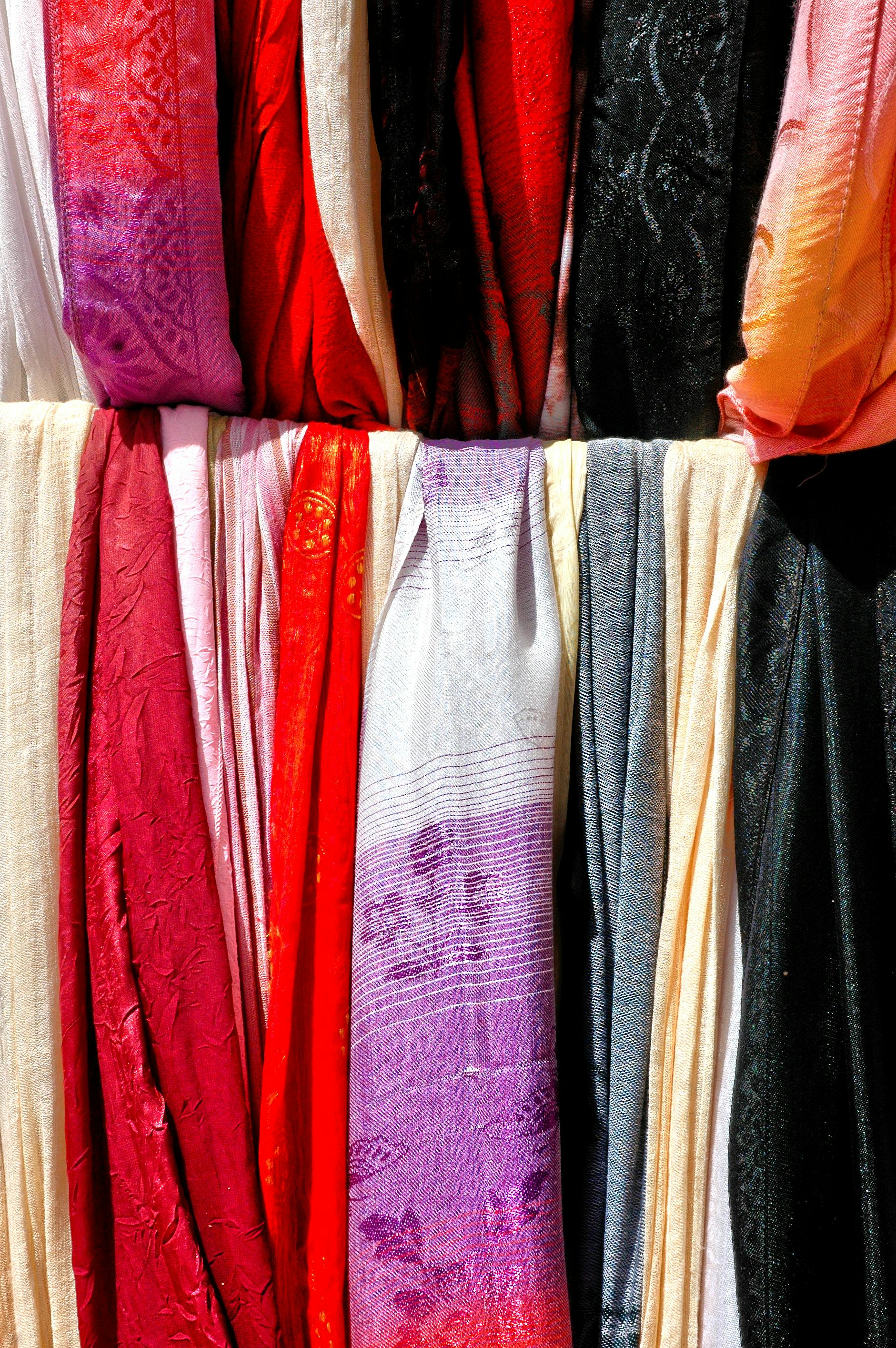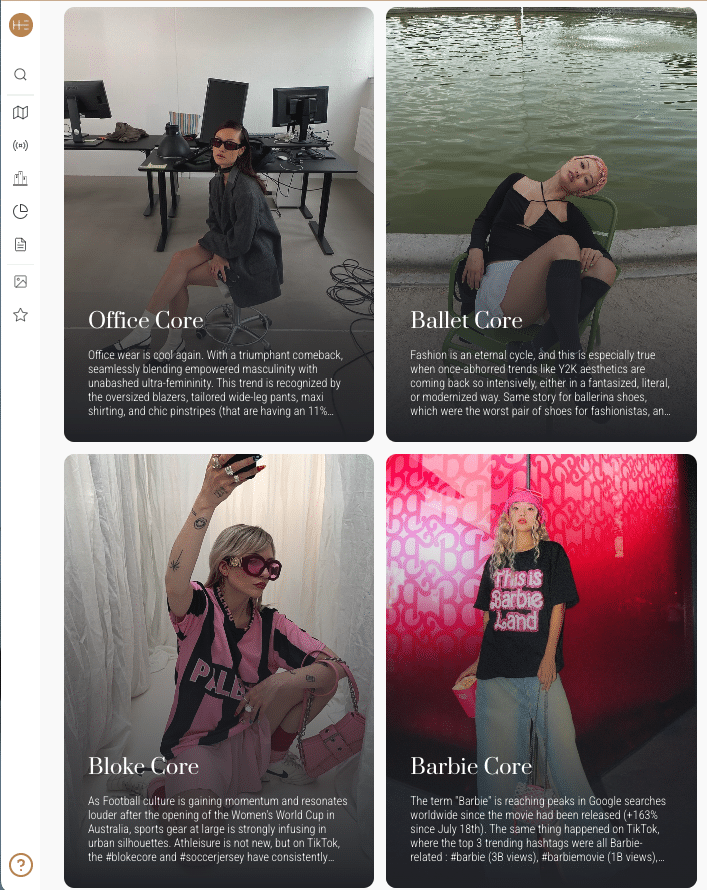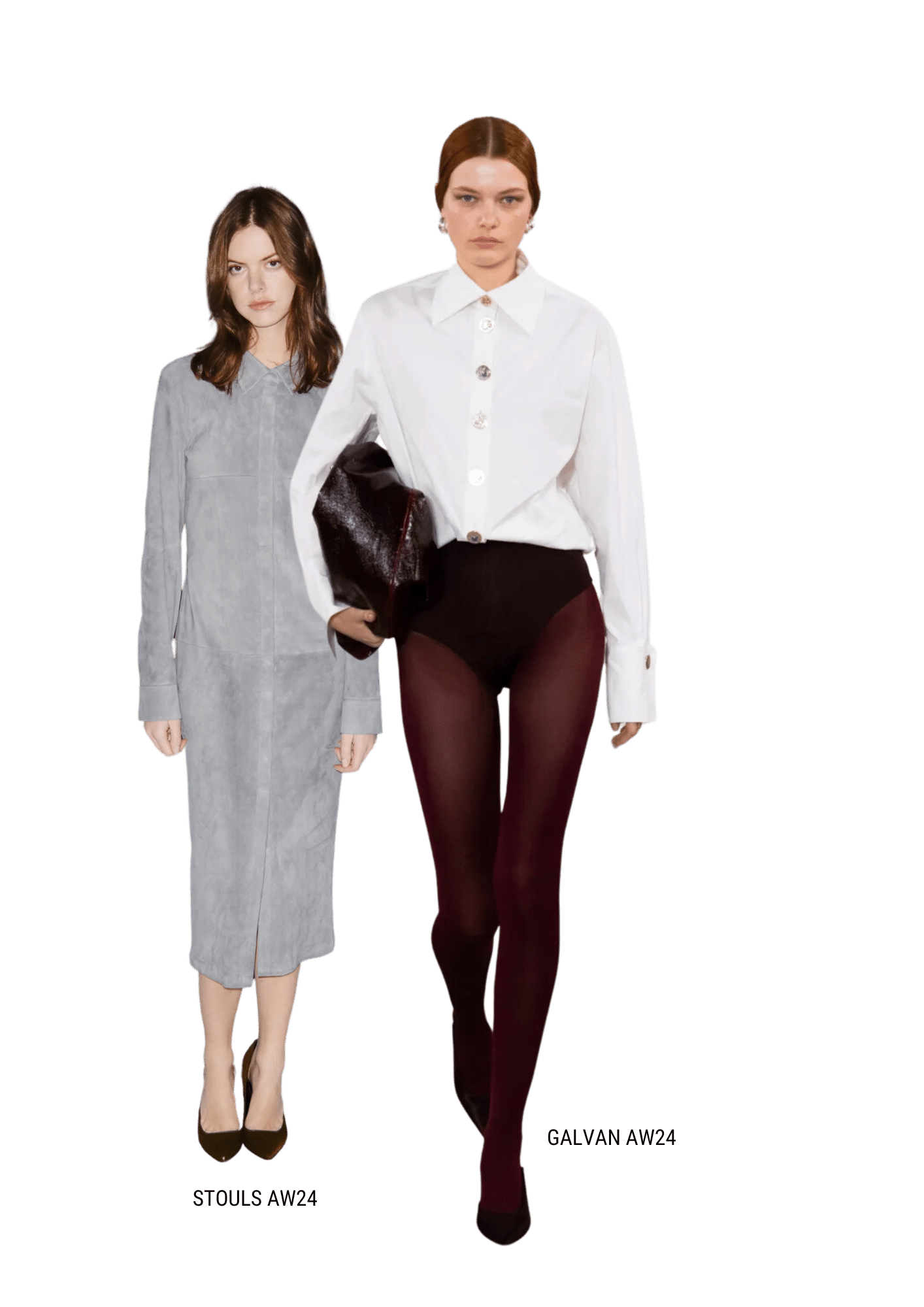Understanding customers has become more crucial than ever for brands seeking to stay ahead in a competitive market. Consumer insights offer businesses a powerful way to interpret and act on the vast amount of data generated by customer interactions, helping to create more targeted marketing strategies, enhance the customer experience, and ultimately drive sales. These insights go beyond basic market research by diving deeper into customer behavior, motivations, and preferences.
At Heuritech, we specialize in predictive analytics on trends delivering consumer insights to help fashion brands evaluate the popularity of different trends across various consumer segments.
What are Consumer Insights?
Consumer insights are interpretations of data that help businesses understand the deeper motivations behind consumer behavior. While market research often provides the “what” — facts about consumer actions or market trends — consumer insights delve into the “why.” They reveal the emotional and psychological factors driving consumer decisions, allowing companies to build more effective marketing strategies and tailor their products or services to meet specific consumer needs.
These insights are gathered from a variety of sources, including customer surveys, online reviews, social media activity, and purchase history. For example, a company may notice through data analysis that a particular product sees a spike in sales during specific seasons. But consumer insights go a step further by uncovering the reasons behind that behavior — perhaps due to cultural events, changing trends, or new customer preferences.
What makes consumer insights so valuable is their ability to transform raw data into actionable intelligence. Companies that successfully harness these insights can anticipate customer needs, create more personalized experiences, and ultimately build stronger relationships with their target audience.

How to use consumer insights effectively: A practical guide
To truly harness the potential of consumer insights, businesses need more than just raw data—they need a well-structured plan of action. Below is a step-by-step guide, packed with specific actions and examples, to help brands turn consumer data into valuable business strategies.
Step 1: Align insights with your brand’s core objectives
The first step is to align your consumer insights collection with your brand’s broader goals. Are you looking to grow in a specific market segment? Improve customer retention? Launch new products? Defining the purpose will ensure you collect the right data and focus on insights that directly impact your business strategy.
If your goal is to improve customer retention, your insights should focus on customer satisfaction scores, churn rate, and repeat purchase behavior. Set up surveys post-purchase or after customer service interactions to gather real-time feedback, then map out the key pain points consumers mention, such as delayed delivery or poor after-sales service.
Step 2: Collect and centralize data from multiple touchpoints
Gather data from all customer touchpoints—social media, email campaigns, product reviews, and website analytics. This ensures a 360-degree view of your consumers. Tools like Google Analytics, CRM systems, and social listening platforms can help centralize and visualize this data.
Use a social listening tool to track brand mentions across social media platforms. For example, if you’re a fashion brand, track conversations about sustainability. Are customers demanding eco-friendly materials? Compile this data and start identifying emerging trends.
Step 3: Segment your audience for targeted insights
Not all consumers behave the same way, so audience segmentation is critical. Use data like demographics, purchasing behaviors, and engagement levels to group customers into segments. This will enable you to understand their specific needs and tailor your strategy accordingly.
At Heuritech, we provide insights based on two main dimensions: market segments and age groups.
We segment consumers into three primary panels based on their behavior and adoption of trends: edgy, trendy, and mainstream.
- The edgy segment includes people with bold and distinctive styles. These individuals are manually curated by fashion experts.
- The trendy segment consists of fashionable individuals who are always looking for the latest styles. They love fashion but may not have a personal style as distinctive as the edgy segment. To be categorized as trendy, these individuals must have more than 12,000 followers on social media.
- Mainstream consumers prefer safer clothing choices and are less likely to take fashion risks. They must have fewer than 12,000 followers.
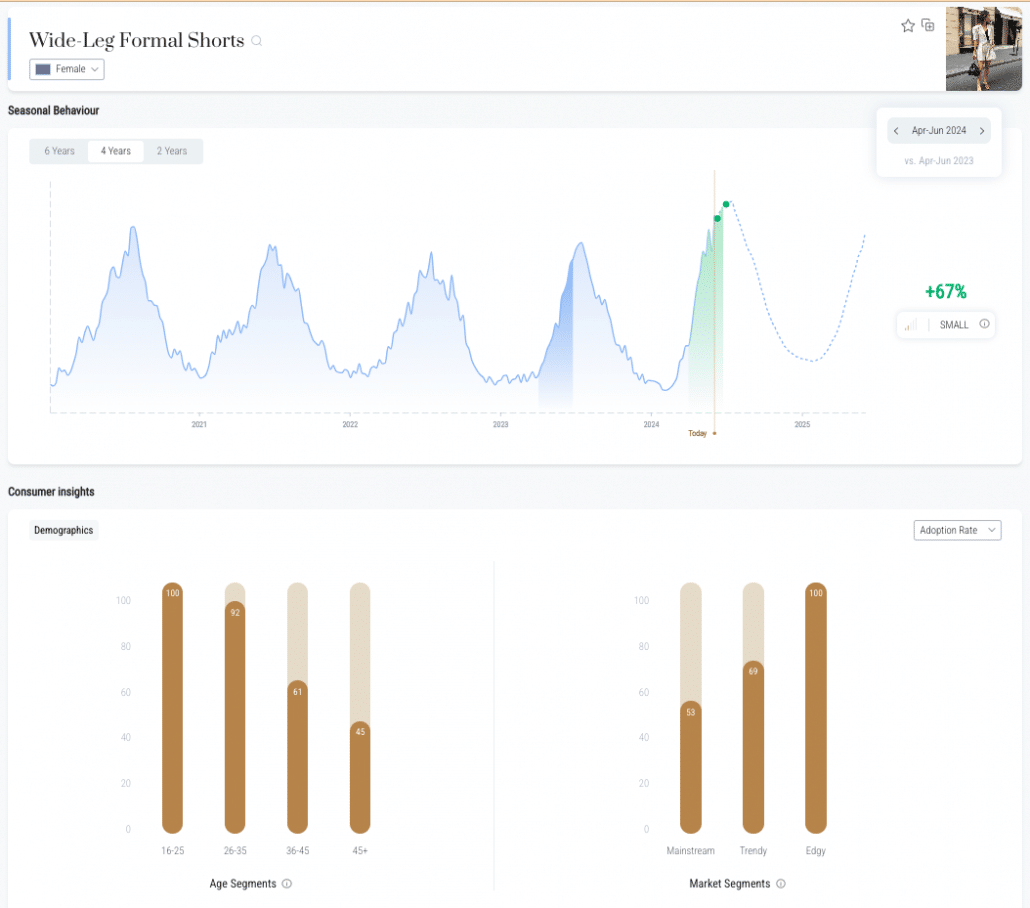
Image: Wide-Leg Format Shorts trend details from Heuritech Market Insights Platform
Furthermore, we provide valuable information on how different age groups engage with specific trends. Age-based insights can be particularly valuable if brands want to strengthen their positioning in a specific consumer segment.


Step 4: Use data-driven storytelling to draw meaningful insights
Interpreting consumer insights goes beyond analyzing numbers—it’s about understanding the narrative behind the data. With tools like Heuritech’s AI-powered platform, you can dive deeper into specific regions to identify how certain trends and products resonate differently across markets. Therefore, it helps brands adjust collections by analyzing local cultural events and seasonality. A trend or a product may perform poorly in one region not because of design flaws, but due to a mismatch with local consumer preferences or timing.By comparing trends across different geographies and incorporating real-time social media data, brands can pinpoint key moments to act on trends. During the Carnival season in Brazil, Heuritech’s data revealed an increase in the demand for sequin, allowing brands to adjust their assortments in anticipation of this event. Meanwhile, in regions like Europe, where there’s no comparable cultural festivity, the same product may underperform. These insights empower brands to refine their inventory strategies and cater to local demand, ensuring greater relevance and reducing overstock.
Step 5: Test and implement insights across marketing channels
Use your insights to craft personalized marketing campaigns and product offers. A/B testing allows you to measure the effectiveness of these insights in action. Adjust and optimize based on the results.
If your consumer insights reveal that younger audiences engage more with interactive content, run A/B tests with personalized email campaigns featuring quizzes or style guides. Track engagement rates (click-throughs, conversions) to measure success and refine your approach.
Step 6: Iterate and adjust based on real-time feedback
After implementing changes, it’s critical to monitor performance and adjust your strategy in real-time. Consumer preferences evolve, so treat your consumer insights as a dynamic tool that requires constant updates.
After launching a new product, monitor social media sentiment and purchase data in real-time using tools like Sprinklr or Brandwatch for social listening, and Hotjar or Mixpanel for customer behavior analysis. If you notice a spike in negative feedback regarding product quality, act quickly—engage with customers to understand their concerns and address them in future production runs. By using multiple tools to cross-reference insights, you can ensure that adjustments are based on comprehensive feedback and lead to more effective improvements.
Step 7: Foster collaboration between teams using consumer insights
Insights should not be siloed in marketing. Share them with product development, customer service, and even supply chain teams. A unified understanding of consumer behavior ensures consistent actions across the business.
At Heuritech, we bridge the gap between creativity and data with our fashion insights, enabling seamless communication between designers, C-level executives, merchandisers, and data analysts. By leveraging our Market Insights Platform and API, these professionals can back their intuitions with data, driving digital transformation and empowering smarter decision-making across the company.
Visualize insights for greater Impact
Rather than simply analyzing the data, turn it into visual content—dashboards, infographics, and heatmaps make it easier to share insights across your team and act on them.
As mentioned above, at Heuritech we created a UX-friendly Market Insights Platform allowing profiles from creatives to analytics to easily access and understand the insights, enabling them to anticipate fashion trends up to 24 months ahead. Our clients can access insights into historical trend performance, key metrics and moodboards of actual images for any trend.
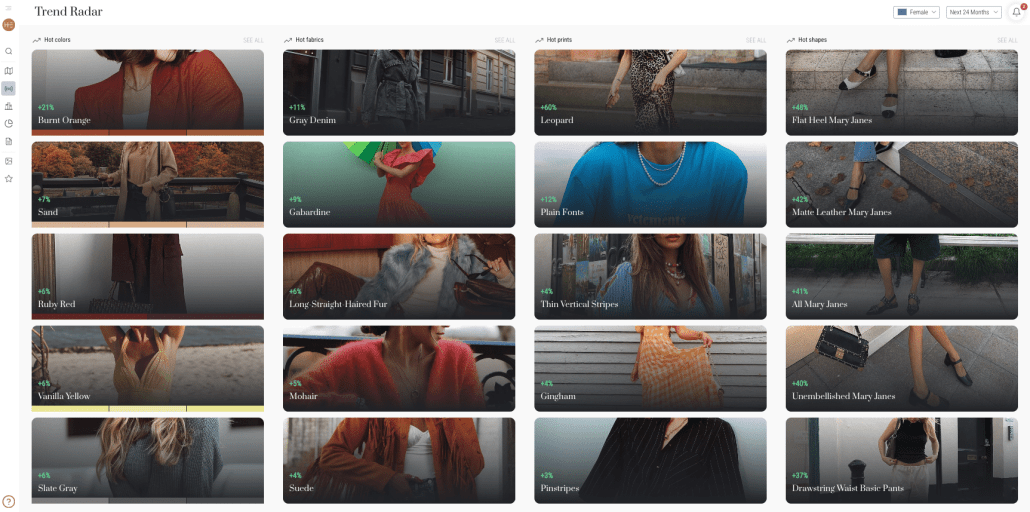
How to Gather Consumer Insights Effectively
At Heuritech, collecting consumer insights should be as innovative as the trends we help brands discover. Here’s how you should simplify the process:
- Start with Purpose: What are you trying to achieve? Whether it’s boosting customer retention or anticipating the next big trend, having a clear objective ensures you’re gathering the right data.
- Connect Across Touchpoints: Social media, surveys, purchase data—these are treasure troves of insights. With Heuritech’s AI-powered tool and its analysis of 3 million social images per day, you can get a 360-degree view of your audience.
- Segment Smarter: Not all consumers are the same. Our platform categorizes audiences into Edgy, Trendy, and Mainstream segments so that brands can craft strategies tailored to their unique needs.
- Turn Data into Action: Insights are only as good as their application. Heuritech transforms data into visuals and trend analyses, empowering teams to act with precision and creativity.
With Heuritech, consumer insights become the bridge between inspiration and strategy, helping you design collections that truly resonate.
Consumer insights in the fashion industry
In the fast-paced world of fashion, staying relevant means understanding what consumers want before they even realize it themselves. Consumer insights are vital tools for fashion brands looking to stay ahead of trends and deliver the products and experiences that resonate with their target audience. Here are some ways fashion brands are leveraging these insights:
1. Analyzing Fashion Trends: Kelly Green Color Trend
Fashion is driven by trends that change rapidly, and understanding which trends will dominate is crucial for brands. By using consumer insights derived from social media interactions, online searches, and purchase behavior, fashion brands can detect emerging styles early.
For example, brands can analyze fashion trends like the Kelly Green color. Heuritech’s AI-powered platform tracked the growing popularity of this vibrant hue, revealing that early adopters, including influencers and fashion insiders, were embracing the shade. Over time, Kelly Green moved from very niche adoption to trendy consumers, especially consumers aged 26-35, before declining in popularity. By tracking such patterns, fashion brands can stay ahead of the curve, recognizing when a color or style is about to reach its peak and adjusting their collections.
2. Customizing the Shopping Experience: Stella McCartney
Fashion retailers use consumer insights to personalize the shopping experience both online and in-store. By analyzing data from past purchases, browsing history, and customer feedback, brands like Stella McCartney offer personalized product recommendations and tailored shopping experiences.
These brands use customer preferences to highlight products that align with individual style or sustainability goals, creating stronger connections with their consumers.
3. Adjusting Product Offerings Based on Customer Feedback: Sportswear Front-runners
Brands like Nike, Adidas or Under Armour utilize consumer insights by leveraging a variety of methods, including monitoring online reviews, social media conversations, and direct feedback. Nike, for example, uses social listening and data mining from these sources to drive product innovations. This helps the brand improve offerings, such as developing more inclusive size ranges or enhancing performance features. Similarly, Adidas has focused on increasing its digital interactions with customers, allowing the brand to collect rich data and create a more personalized experience. This data-driven approach not only helps Adidas meet customer expectations but also ensures that their products resonate with consumers at a deeper level. Both brands demonstrate their responsiveness by acting on the insights gathered, fostering customer loyalty and trust.
4. Predicting Demand for New Collections: Heuritech’s AI platform
Fashion companies increasingly rely on consumer insights to forecast demand for new collections by analyzing purchasing behavior, consumer preferences, and past trends. Tools like Heuritech’s AI-powered platform enable brands to accurately quantify the adoption of prints, colors, fabrics, and shapes in upcoming seasons, offering data-driven support for decision-making. As highlighted by New Balance’s Global Design Director, Brad Lacey, predictive analytics allow designers to better understand consumer desires, enhancing creativity while reducing waste. He notes that by leveraging machine learning, brands can anticipate up to 80% of their collection’s needs, leaving room for innovation in the remaining 20%. This targeted approach helps fashion brands like New Balance resonate more deeply with their audience, resulting in focused production and minimized overproduction—contributing significantly to sustainability. In this way, tools like Heuritech not only keep brands aligned with market trends but also ensure they are addressing evolving consumer expectations in a more responsible, efficient manner.
Top Tools for Consumer Insights Analysis for Fashion
Fashion brands, manufacturers, and designers face unique challenges in navigating consumer behavior and anticipating trends. Heuritech’s tailored insights and a selection of strategic tools empower them to stay ahead. Here’s how:
- Heuritech’s Market Insights Platform: Specifically built for fashion professionals, our AI-driven platform uses visual recognition to analyze millions of social media images. We segment insights across four age groups (16-25, 26-35, 36-45, and 45+) and three market segments (Edgy, Trendy, Mainstream). Our platform provides two key visualization types:
– Adoption Rate: Shows trend popularity on a 0-100 scale, with 100 indicating maximum adoption within a specific age or market segment.
– Breakdown: Displays trend distribution across segments, carefully accounting for potential platform visibility biases.
For example, it allows brands to see how a fabric like velvet resonates differently with edgy trendsetters versus mainstream audiences, using our proprietary age estimation model trained on the IBM Diversity in Faces dataset. - Sprinklr/Brandwatch for Social Listening: These platforms enable brands to listen to real-time conversations about their products or trends. Combined with Heuritech’s precise trend forecasts, brands can track sentiment and refine collections or campaigns effectively.
- Custom CRM Integrations: CRM tools like Salesforce or Hubspot become exponentially more powerful when paired with Heuritech’s insights. Imagine crafting targeted campaigns by combining your internal customer data with real-time trend forecasts to deliver personalized product recommendations.
- Google Analytics for Ecommerce: While it’s a staple for understanding website metrics, Google Analytics alone doesn’t provide the context of fashion trends. Layering Heuritech’s insights on trend adoption can enhance decision-making for everything from homepage banners to product assortments.
- UX Tools (e.g., Hotjar): Tools that map out user interactions help brands refine their online shopping experiences. Paired with Heuritech’s high-level market insights, they ensure that what customers experience online aligns with the styles and designs they desire.
By combining the precision of Heuritech’s AI with tools tailored to specific fashion challenges, brands can transform consumer insights into actions that drive innovation and connection. These tools are not just resources—they’re partners in crafting the future of fashion.
Leveraging consumer insights with Heuritech in the fashion industry
At Heuritech, we believe that understanding consumer insights is the key to creating meaningful connections with customers and collections that resonate with them.
One of the most valuable contributions Heuritech offers is its ability to predict trends with precision, up to 2 years ahead while also segmenting these insights by consumer market or age group. By analyzing millions of images shared on social media, our AI technology identifies emerging colors, fabrics, prints and shapes. Brands can then design their collections around these insights, aligning their offerings with future consumer demand. This forward-thinking approach gives brands the competitive edge they need in a fast-moving market.
If you’re a brand, retailer, manufacturer or designer and want to deep dive into consumer insights, feel free to book a demo with our sales team!
